OK, time to move out into the savannah area of the park. Although these pictures would seem to indicate otherwise, there were long periods that we didn’t see any big animals. Of course, there were other times that every turn had a new surprise. This was one of those times…
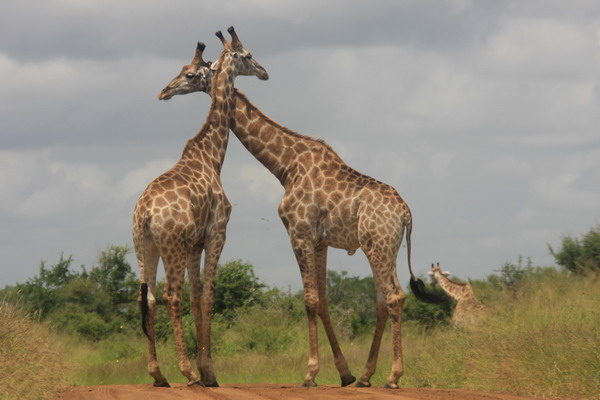
These two adolescent males were fascinating.
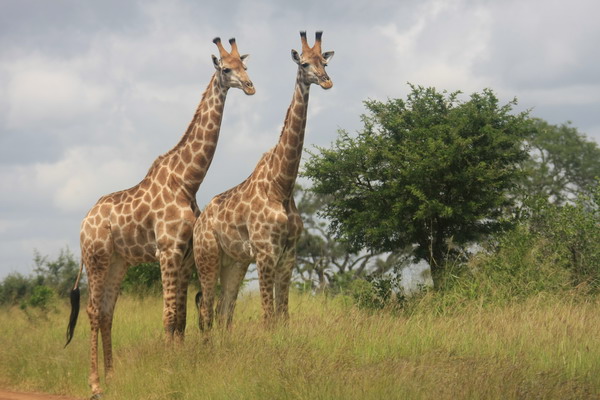
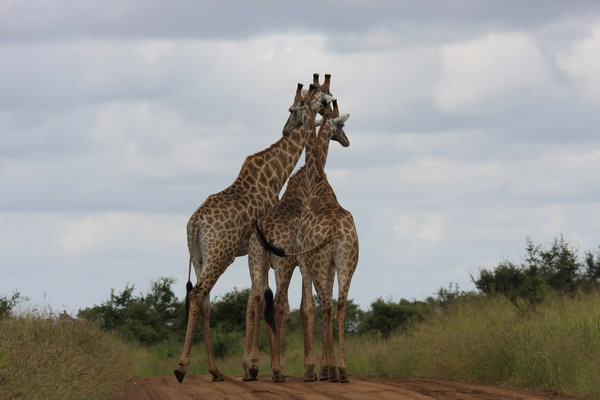
This is Daddy and the two boys.
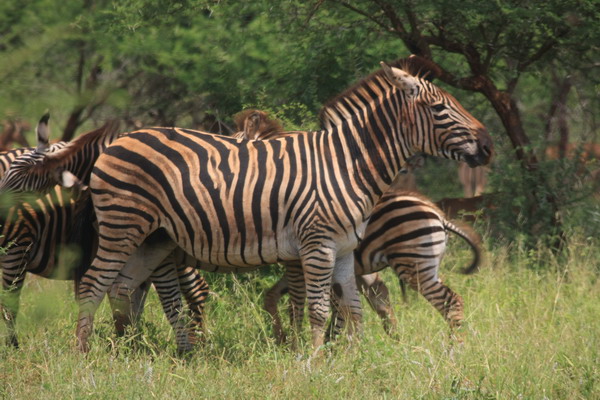
The small and stout zebra.
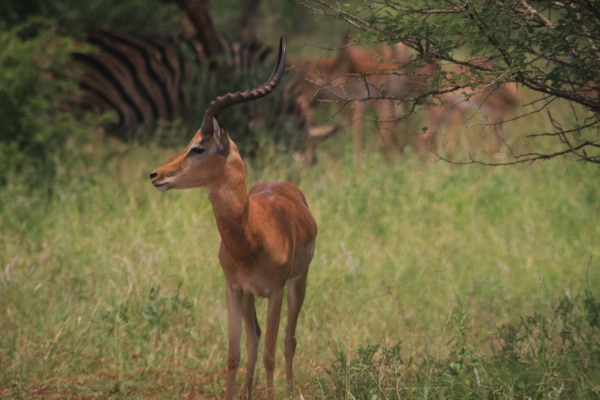
Another impala. He was with a group of males and zebra.
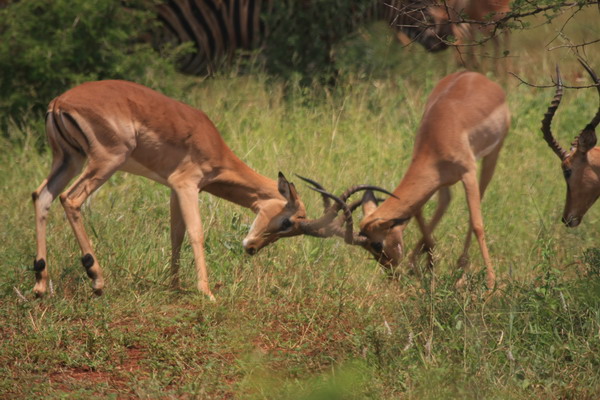
These two were sparring. They practice for the day to take over the role of lone male for the harem.
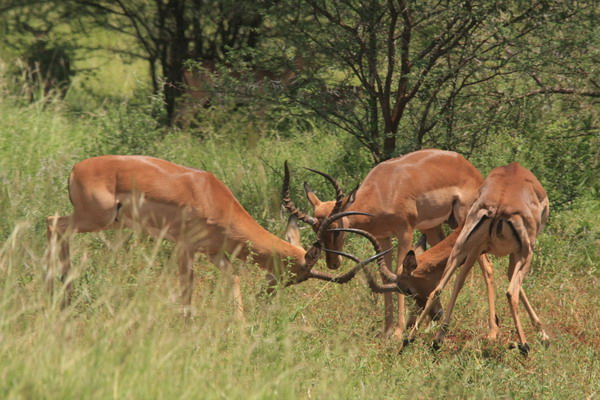
Now a third impala joined the fray.
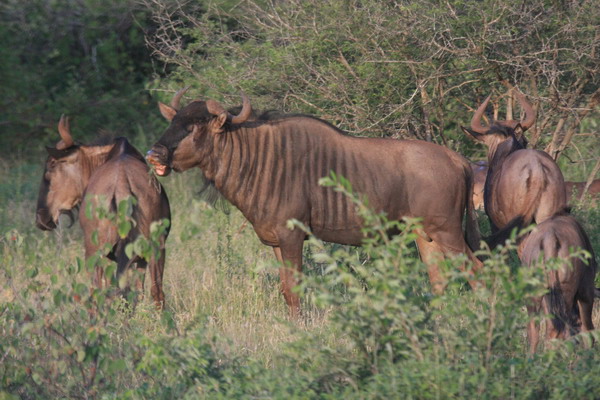
The blue wildebeest. Although there weren’t as many as the 1 million in the Serengeti herd, there were quite a few.
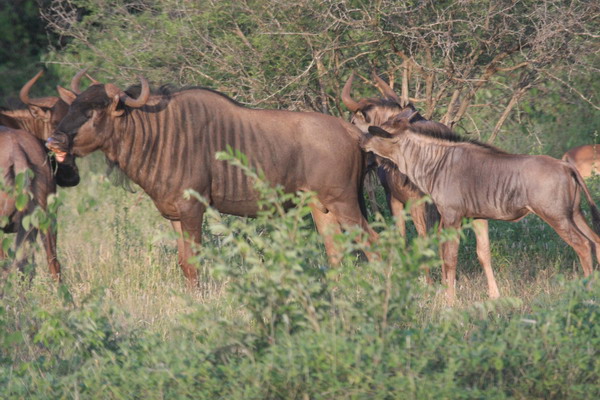
What’s that smell??
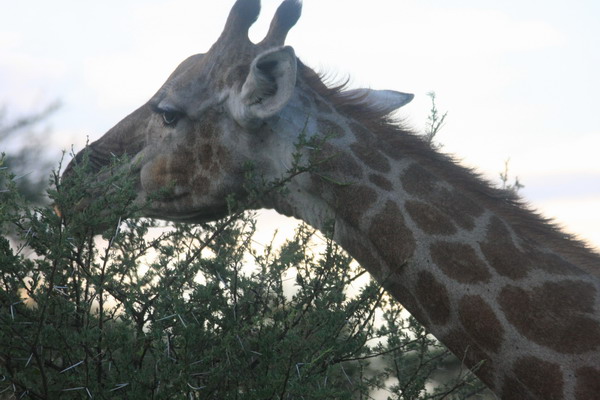
Mmm, tasty.
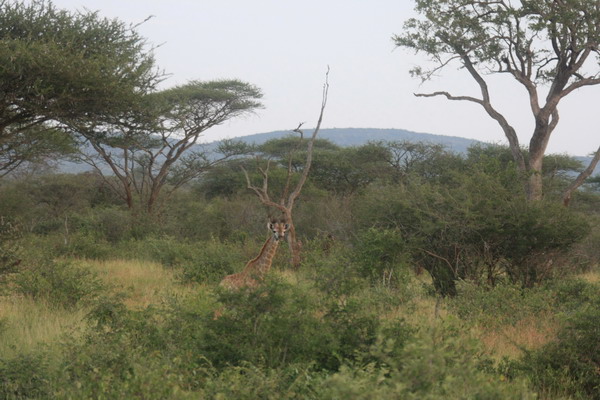
Just a baby.
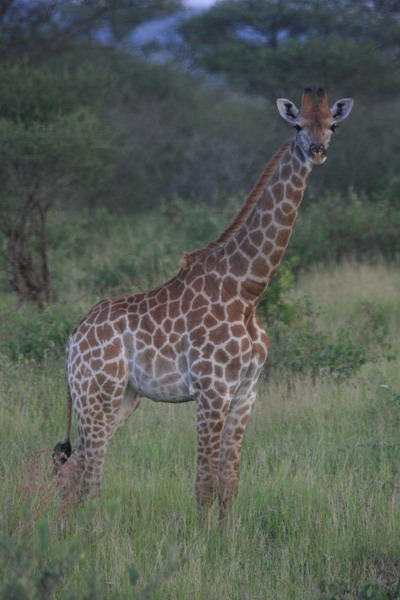
But still so tall.
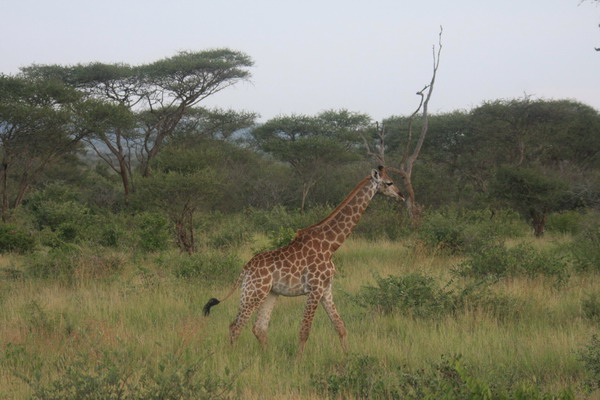
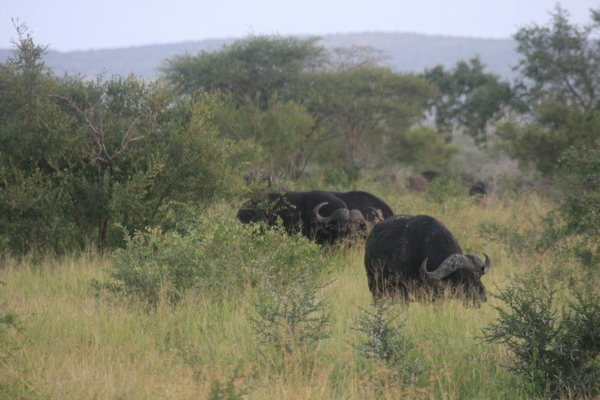
The cape buffalo. Although apparently very docile, they are very dangerous. Reportedly, these animals kill 200 people every year.

Although, we had our own car, we didn’t always drive. When we ventured out after nightfall, we went with a guide and safari vehicle. It was a LOT easier to take pictures from that vehicle and have someone else worry about driving and spotting the animals.
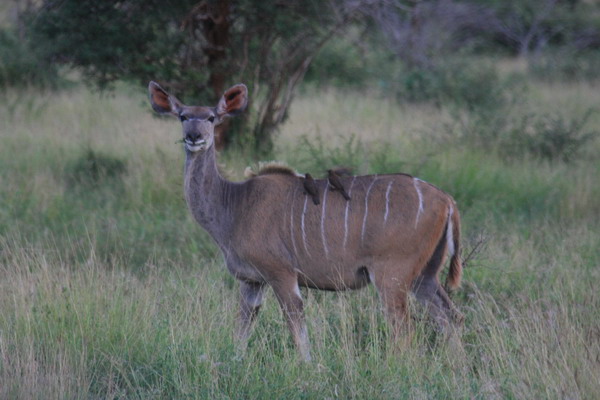
Another female kudu.
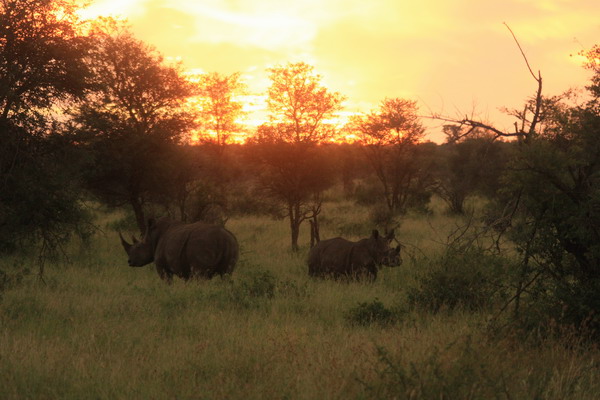
We were also fortunate to see both species of rhino: black and white. These are white rhinos. They are so named not for their color. Rather, they refer to the shape of their lip. The white rhino has a flat upper lip and feeds on grasses, while the black rhino has a pointed lip to feed on trees and bushes.

They were fun to watch with the fiery sky as a backdrop.
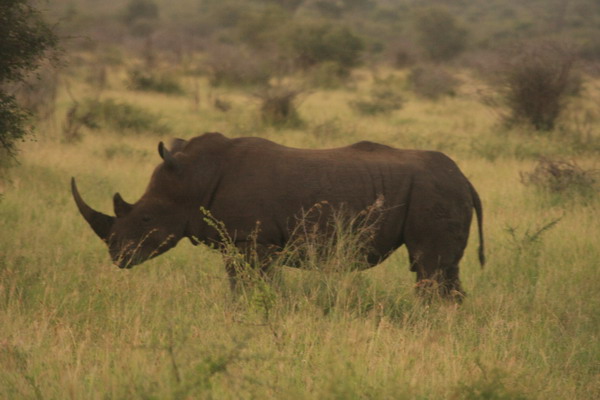
Rhinos are also part of the famous “Big 5,” along with lions, leopards, elephants, and cape buffalo.
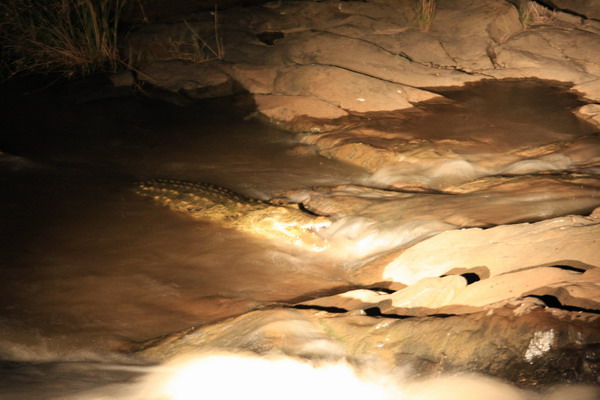
The crocs were out in force that night. I liked his fishing technique. Open up and see what swims in.
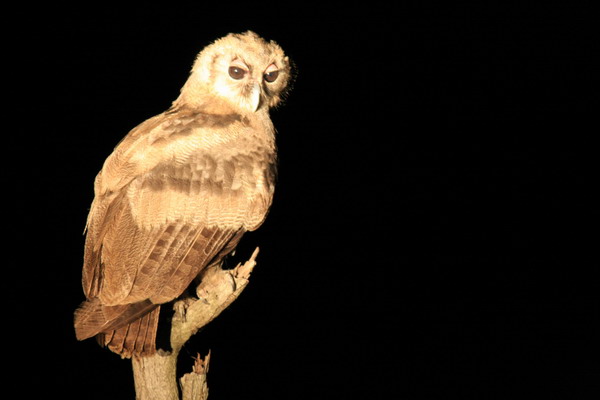
Verreaux’s (Giant) Eagle Owl.
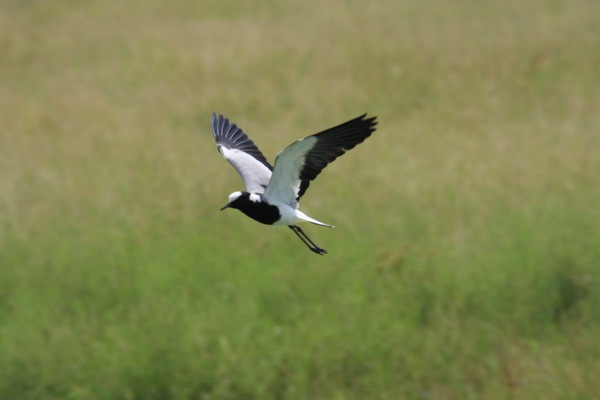
The Blacksmith Lapwing or Blacksmith Plover.
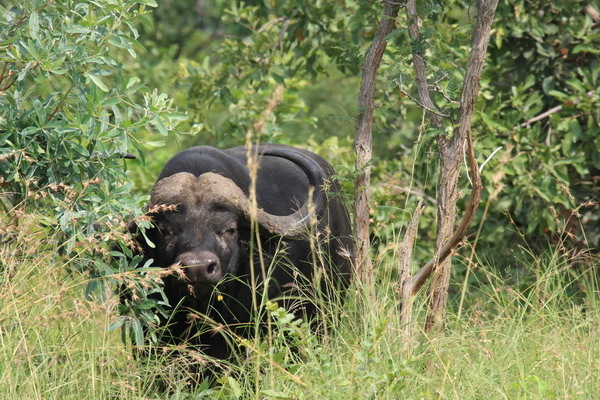
Another buffalo eating his way toward us.
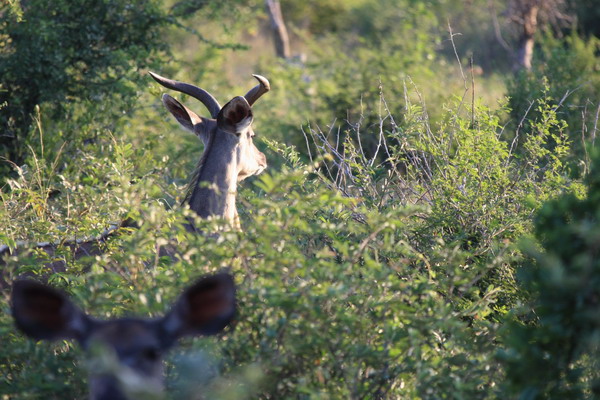
For comparison, this is a 5-year old kudu.
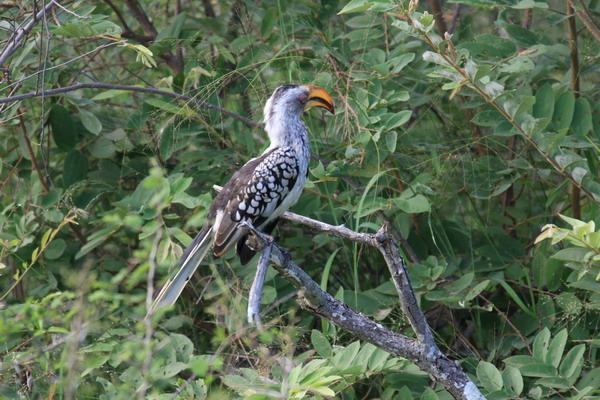
This is the Southern Yellow-billed Hornbill. If you’re interested, females lay 3 to 4 white eggs in their nest cavities and incubate them for about 25 days.
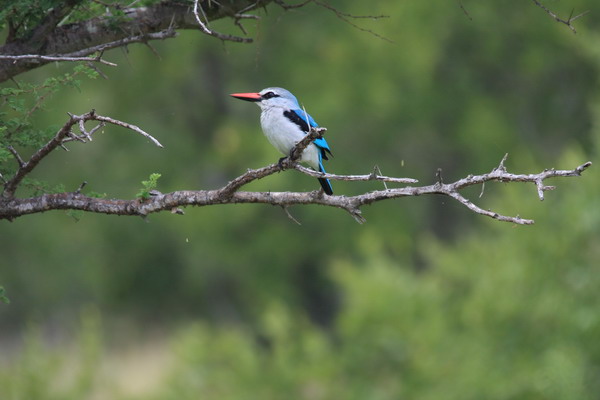
The Woodland Kingfisher. Although it is a “kingfisher,” it prefers drier habitats in more traditional woodland and this one was far from water.
That completes part 2. Next up will be hippos, warthogs, elephants, more zebra and bats.
Until then…
–Jim
Skip to content
Our Family Story.
